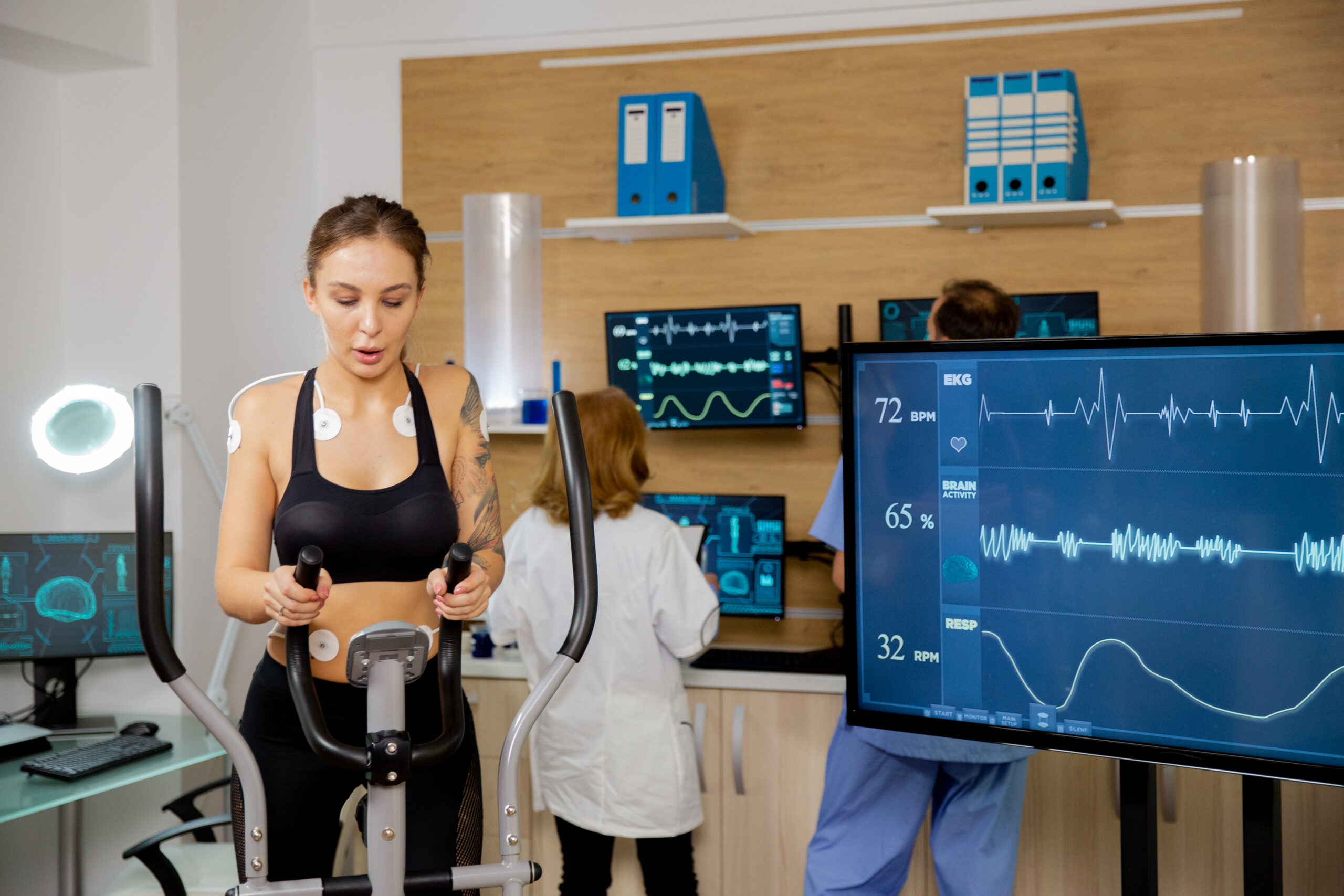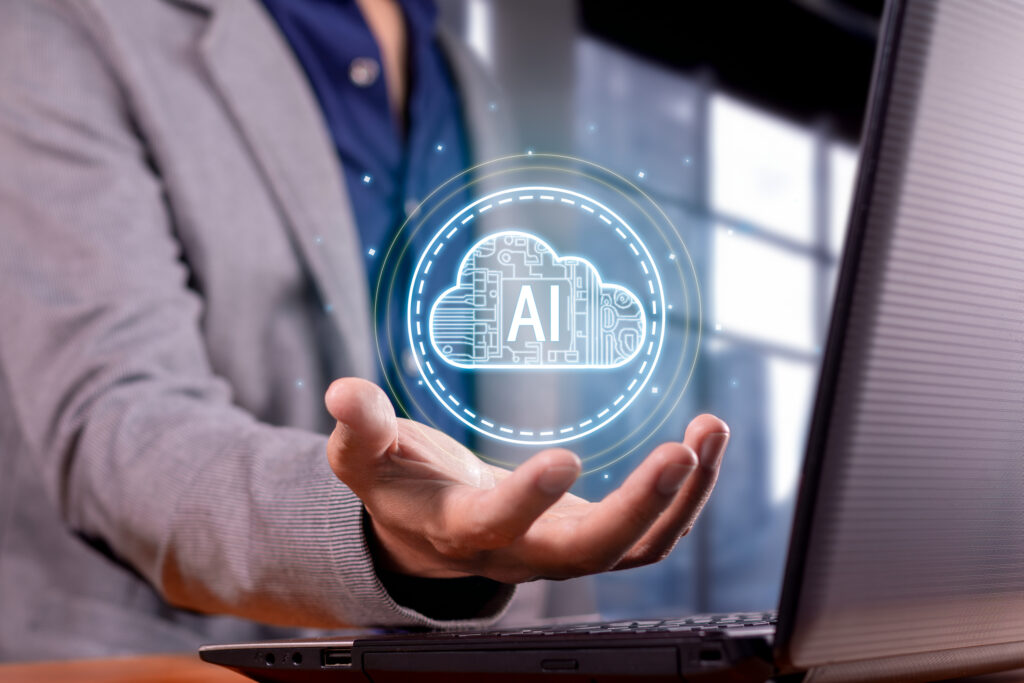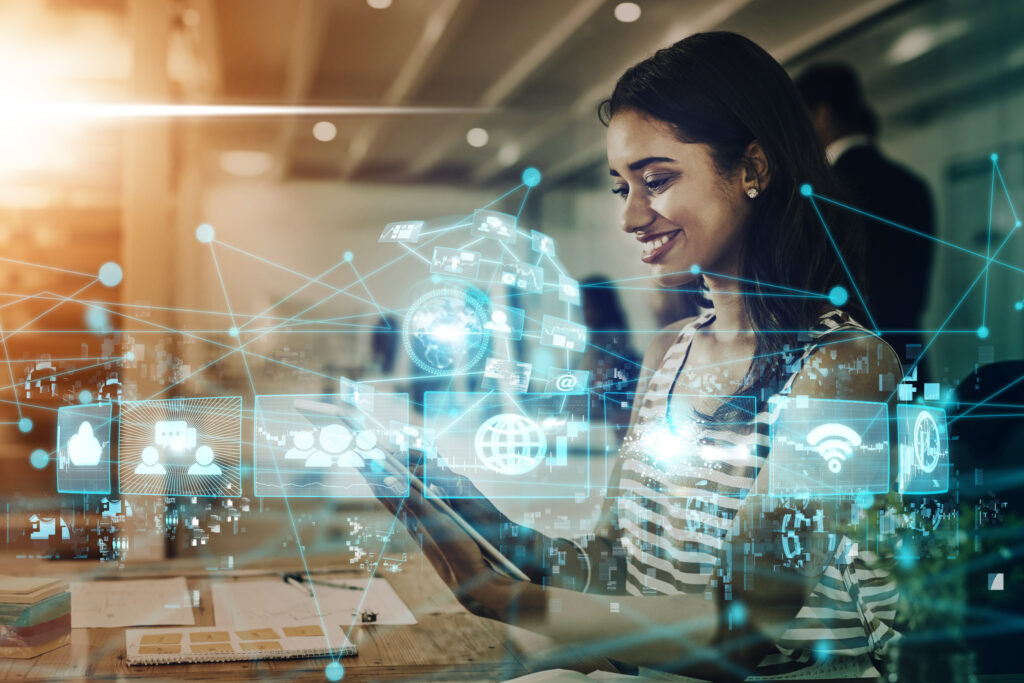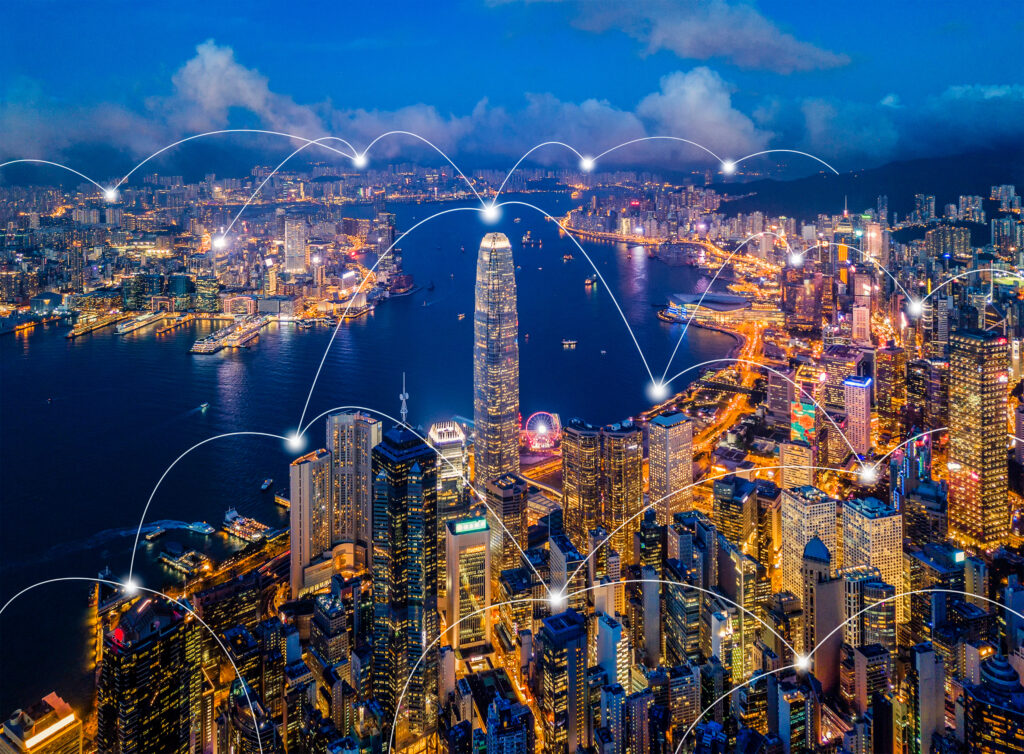10 Internet of Things (IoT)Trends in 2024 ?
Introduction
What is an Internet of Things (IoT)?
What is an Internet of Things (IoT)? Firstly, the Internet of Things has matured significantly, impacting many areas of our technological and social lives. Secondly, IoT continues to evolve, making the topic of top Internet of Things trends urgent for various businesses and service providers. This article covers the latest 10 Internet of Things IoT trends as of 2024. Keep reading to explore the details.
Overview
The market for connected devices continues to expand, even in the face of challenges such as the global semiconductor chip shortage. The adverse impact of the pandemic on businesses.
Let’s look briefly at the IoT market in figures.
- Additionally, in 2023, there were over 15 billion active IoT-connected devices globally, according to Statista.
- 2030 forecasts that more than 29 billion IoT devices, including those with WPAN, WLAN, cellular, LPWA, 5G, and other types of connectivity, will grow in number.
- There is over 400 active Internet of Things platforms, with the top 10 leading IoT platforms controlling about 65% of the market.
- Market Data Forecast projects that the global IoT market will reach $875 billion by 2025, growing at a Compound Annual Growth Rate of 16.9%.
10 Internet of Things trends
1. IoT Security Measures: Safeguarding Devices and Data
Furthermore, ensuring the security of Internet of Things (IoT) devices is paramount in today’s interconnected landscape. Additionally, robust measures like strong encryption protocols for data in transit and rest and secure authentication mechanisms ensure IoT security. Moreover, enforcing proper authorization controls is essential. Lastly, regular updates, secure boot processes, and firmware integrity checks are vital for managing vulnerabilities and preventing unauthorized access.
2. Privacy in IoT: Design, Compliance, and Data Lifecycle Management
Additionally, The privacy considerations within the realm of IoT involve a multifaceted approach. Designing IoT systems with privacy in mind, limiting the collection of personally identifiable information (PII), and incorporating privacy features during development are essential steps. Furthermore, User awareness campaigns play a crucial role in encouraging secure practices, such as changing default passwords and updating firmware. Lastly, Compliance with data protection regulations is imperative, with a focus on understanding and adhering to regional requirements.
IoT in Healthcare: Transforming Patient Care and Operational Efficiency
Integration of 10 Internet of Things (IoT) technology in healthcare has the potential to revolutionize patient care, enhance treatment outcomes. Connected devices, such as wearable health trackers, smart medical devices, and remote monitoring systems, enable real-time monitoring of patients.
This continuous flow of data allows healthcare professionals to make more informed decisions, providing personalized and proactive care. In addition to improving patient outcomes, IoT plays a crucial role in optimizing hospital operations. Asset tracking, inventory management, and facility monitoring contribute to increased efficiency and cost savings. However, the adoption of IoT in healthcare also raises important considerations related to data security and patient privacy.
1. Edge Computing and AI Synergy: Redefining Data Processing Dynamics
The collaborative integration of edge computing and artificial intelligence (AI) marks a paradigm shift in data processing capabilities. Minimizing latency and facilitating real-time decision-making by leveraging the proximity of edge computing to data sources. This synergy empowers AI algorithms to operate with increased efficiency and responsiveness, unlocking new possibilities for localized, context-aware applications.
2. 5G Connectivity: Enabling the Next Wave of Intelligent Communication
The advent of 5G technology amplifies the impact of computing and AI by providing ultra-fast, low-latency communication networks. This powerful combination forms the backbone for data-intensive AI applications, paving the way for transformative advancements in fields like autonomous vehicles, smart cities, and industrial automation. The convergence of 5G with edge computing and AI not only promises unprecedented connectivity but also opens doors to innovative services and user experiences, fundamentally reshaping the landscape of intelligent automation and communication.
Future of 10 Internet of Things (IoT) holds tremendous potential as it continues to evolve, seamlessly integrating physical, digital worlds. Emerging trends suggest a proliferation of connected devices across various industries, facilitating data-driven decision-making, predictive analytics, and automation. Enhanced connectivity and interoperability are expected to play pivotal roles in creating a more interconnected and intelligent ecosystem.
Blockchain and the IoT: Securing a Connected Future
Integration of blockchain technology with Internet of Things (IoT) presents a compelling vision for securing vast network of interconnected devices. Blockchain’s decentralized and tamper-resistant nature addresses key security concerns in IoT, ensuring data integrity, transparency, and traceability. This synergy is poised to revolutionize industries such as supply chain, healthcare, and finance, where secure and transparent data exchange is paramount.
IoT Connectivity: The Backbone of a Connected World
The future of IoT connectivity is marked by advancements that promise to revolutionize how devices communicate and collaborate. With the deployment of technologies like 5G, Low Earth Orbit (LEO) satellites, and mesh networks, connectivity bottlenecks are set to diminish, allowing for faster and more reliable data exchange. Edge computing will play a pivotal role in reducing latency, enabling real-time processing and decision-making at the device level.
IoT and Digital Twins: Enhancing Connectivity and Intelligence
The convergence of Internet of Things (IoT) and Digital Twins represents a powerful synergy that is transforming the way industries operate and manage assets. IoT, with its network of interconnected devices, generates vast amounts of real-time data from the physical world. Digital Twins, on the other hand, are virtual replicas or simulations of physical objects, processes, or systems. When integrated, these technologies create a dynamic framework for improved understanding, monitoring, and optimization of physical entities.
Smart Cities Evolution: Transforming Urban Living through Innovation
The concept of Smart Cities represents a dynamic and transformative shift in urban development, leveraging advanced technologies to enhance efficiency, sustainability, and overall quality of life for residents. The evolution of Smart Cities involves the integration of diverse technologies to create connected, intelligent, and responsive urban environments.
AI and Machine Learning Integration: Unleashing Intelligent Automation and Insights
The integration of Artificial Intelligence (AI) and Machine Learning (ML) is revolutionizing industries by providing advanced automation, predictive analytics, and data-driven decision-making capabilities. This powerful combination harnesses the ability of machines to learn from data, adapt to changing patterns, and make informed decisions, leading to transformative advancements in diverse sectors.
Future of IoT: Bridging Physical and Digital Realms
The future of the Internet of Things (IoT) holds tremendous potential as it continues to evolve, seamlessly integrating the physical and digital worlds. Emerging trends suggest a proliferation of connected devices across various industries, facilitating data-driven decision-making, predictive analytics, and automation. Enhanced connectivity and interoperability are expected to play pivotal roles in creating a more interconnected and intelligent ecosystem.
Blockchain and the IoT: Securing a Connected Future
The integration of blockchain technology with the Internet of Things (IoT) presents a compelling vision for securing the vast network of interconnected devices. Blockchain’s decentralized and tamper-resistant nature addresses key security concerns in IoT, ensuring data integrity, transparency, and traceability. This synergy is poised to revolutionize industries such as supply chain, healthcare, and finance, where secure and transparent data exchange is paramount.
IoT Connectivity: The Backbone of a Connected World
The future of IoT connectivity is marked by advancements that promise to revolutionize how devices communicate and collaborate. With the deployment of technologies like 5G, Low Earth Orbit (LEO) satellites, and mesh networks, connectivity bottlenecks are set to diminish, allowing for faster and more reliable data exchange. Edge computing will play a pivotal role in reducing latency, enabling real-time processing and decision-making at the device level.
Role of United Control Engineers in IoT (Internet of Things)
United control engineers play a pivotal role in the development and implementation of IoT (Internet of Things) solutions. As experts in control systems and automation, their expertise is essential in designing and optimizing the interconnected devices that form the backbone of IoT ecosystems. United control engineers contribute to the seamless integration of sensors, actuators, and communication protocols, ensuring that devices operate efficiently and interact seamlessly with each other. Their role extends to designing robust control algorithms that govern the behavior of IoT devices, facilitating real-time data processing and decision-making. Additionally, control engineers play a crucial role in addressing challenges related to system stability, security, and scalability within IoT frameworks.
Conclusion
In conclusion, a holistic approach to IoT security and privacy involves a combination of technical measures, user education, and compliance with regulations. As the IoT landscape continues to evolve, staying proactive and vigilant is essential to safeguard both devices and the data they generate.





